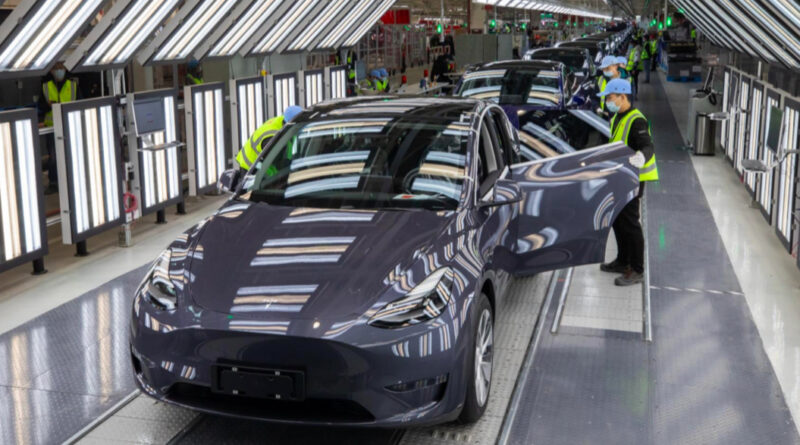Tesla records first annual profit in 2020 – but there’s a twist in this tale…
Tesla has defied its doubters and achieved what some thought was impossible in posting its first annual net profit in 2020, but there’s a catch hidden in the full numbers.
Off the back of six straight quarterly profits – the latest being a US$270m ($352m) fourth quarter to end last year – the EV brand finished 2020 with a US$721m ($941m) profit.
But dig a little deeper into the numbers, and not all is as it appears at Elon Musk’s near-billion-dollar baby, at least from an annual profit perspective. (Tesla is now valued at more than $1 trillion Aussie dollars, but falls just short in USD).
First, the good news. Despite temporary plant closures and delivery complications owing to the pandemic, Tesla’s vehicle sales climbed by 36 per cent in 2020.
Remember, Musk had promised 500,000 deliveries last year, before the pandemic struck. In the end, the brand managed around 499,550 deliveries, which is impressive given the unforeseen complications of Coronavirus.
There’s no prizes for guessing where Tesla’s vehicle sales growth is coming from.
The numbers released today reveal the brand delivered some 57,085 examples of the Model S and Model X in 2020. Contrast that with the Model 3 and Model Y, which managed 161,075 deliveries in Q4 alone – and 442,564 for the full year – and you can see which way the wind is blowing for Tesla.
With the new and one-sided sales mix comes a downside, with Tesla reporting its per-vehicle price is falling, given people are spending less on their vehicle now than when the brand had a one- or two-model lineup. Tesla says its average sale price fell by 11 per cent last year.
But back to the headline numbers. Tesla reports a total US$721m profit in 2020, made off US$31.5b in total sales. But look closely at the numbers and you’ll see much of that profit comes off the back of the brand’s sale of regulatory credits to other car makers who need to comply with fleet emission rules.
Last year, Tesla made more than US$1.5b selling these credits, which contributed massively to its bottom line. Or to put it another way, if it was only selling cars and not credits, 2020 would have been another year of losses for the brand.
And with more manufacturers either adding EVs to their fleets, or vowing to go fully electric in the coming years, the time is coming when that revenue source will be cut off for Tesla. And when that happens, it will need to find a way to earn a profit off the back of vehicle sales alone.




